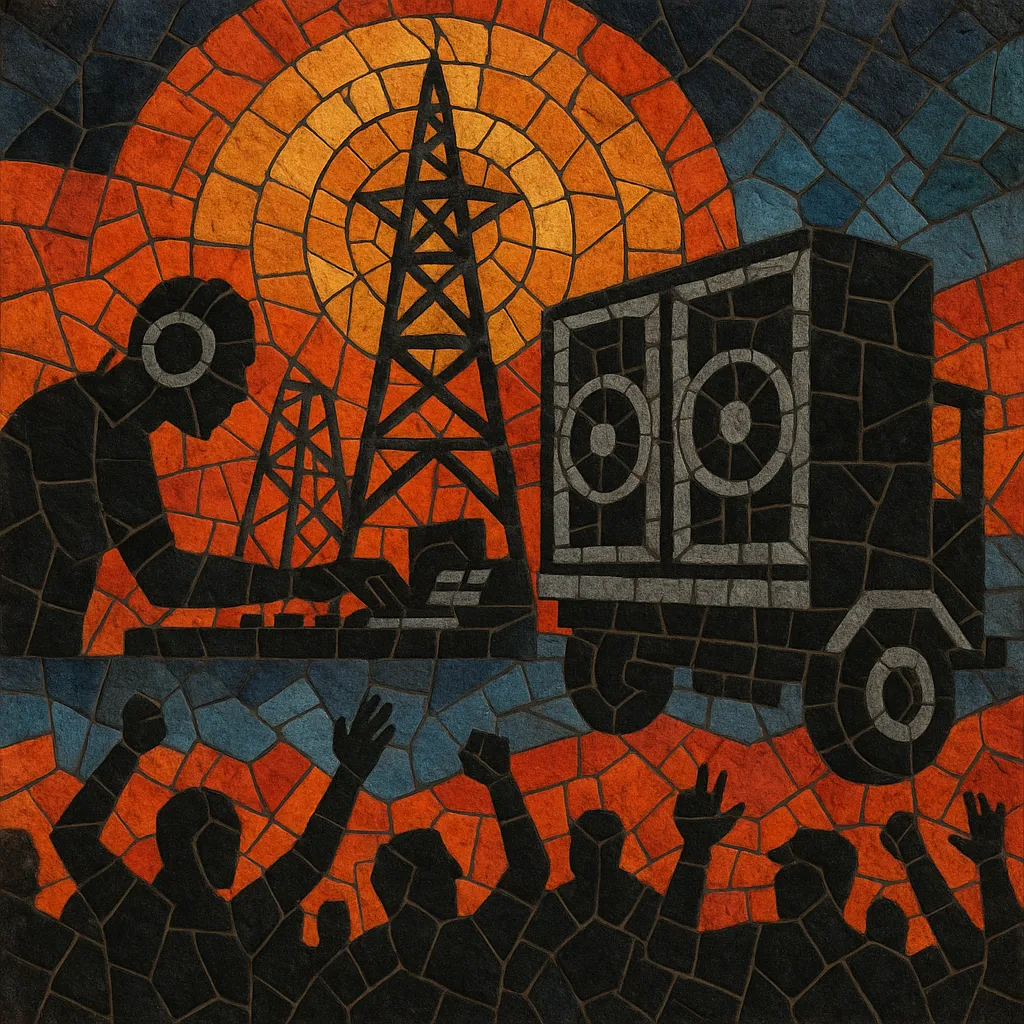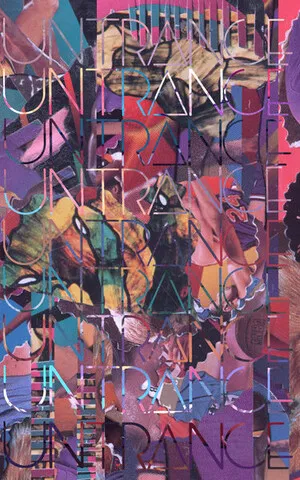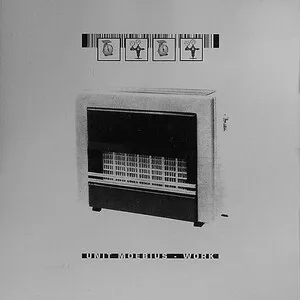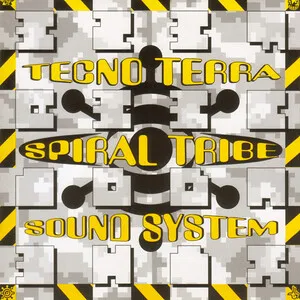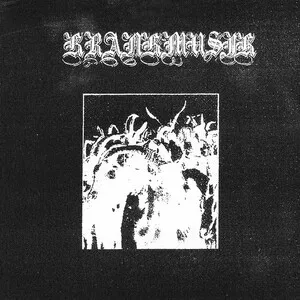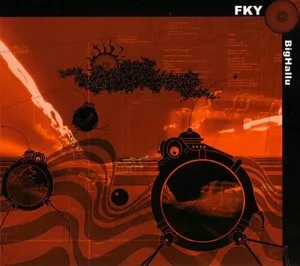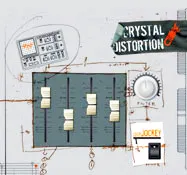Freetekno is a DIY, non‑commercial branch of hard, fast techno that grew out of the European free party movement. The spelling “tekno” (with a k) signals a break from club‑oriented techno and a commitment to autonomous, anti‑corporate party culture.
Musically it focuses on relentless 4/4 rhythms, heavily distorted and punchy kicks, sparse yet driving percussion, looping motifs, and occasional acid lines or ragga/industrial‑tinged samples. Typical tempos range from about 160 to 190 BPM, favoring long, hypnotic grooves over complex harmonic content.
Culturally, freetekno is inseparable from sound‑system crews, squats, traveler networks, and “teknivals” (large, often unlicensed outdoor festivals). Live P.A. sets, generator power, and improvised infrastructure are central to how the music is produced and experienced.
Freetekno emerged in the early 1990s from the UK’s free party and traveler movements, with crews like Spiral Tribe linking acid techno’s warehouse energy to an explicitly autonomous rave culture. The 1992 Castlemorton Common Festival and subsequent UK legislation (e.g., the Criminal Justice and Public Order Act 1994) pushed much of the scene to operate outside commercial venues and, increasingly, outside the UK.
Exiled and roaming sound systems carried the ethos to continental Europe, seeding vibrant freetekno networks in France, Italy, the Czech Republic, Germany, the Netherlands, and beyond. Large “teknivals” took shape—multi‑day, multi‑crew gatherings powered by generators and DIY infrastructure. In this period the sound hardened and accelerated, coalescing around distorted 4/4 “tribe”/hardtek grooves while keeping a live, improvisatory approach.
The 2000s saw the scene solidify with recurring events (e.g., Czechtek) and a flourishing of labels, netlabels, and white‑label distribution connected to sound systems. Police pressure and legal controversies were recurrent, yet the culture persisted. Musically, faster tempos, tougher kicks, and cross‑pollination with gabber, breakbeat hardcore, and ragga samples shaped distinct strands within freetekno.
Despite tighter regulation, freetekno continues as a transnational underground, from warehouse parties to open‑air teknivals. Digital tools and social media support coordination, archiving, and release of Live P.A. recordings, while the core principles—DIY logistics, collective authorship, and non‑commercial circulation—remain intact. Hybrids such as raggatek and harder tribe variations reflect ongoing evolution, but the freetekno backbone—hypnotic, high‑tempo, kick‑driven tracks made for big rigs—endures.

